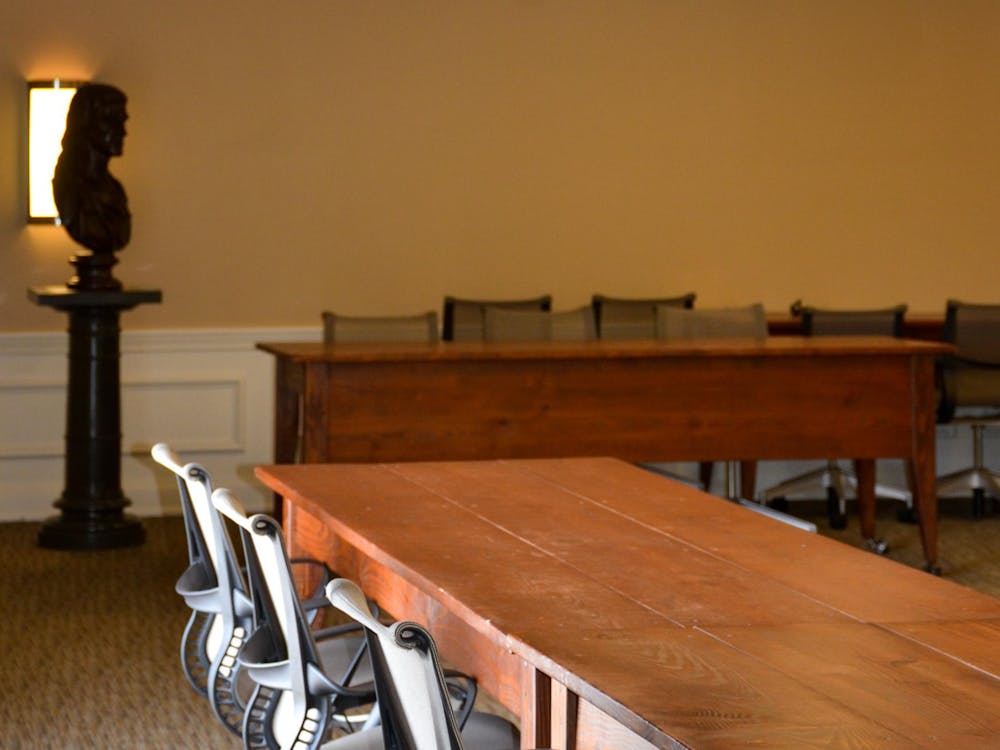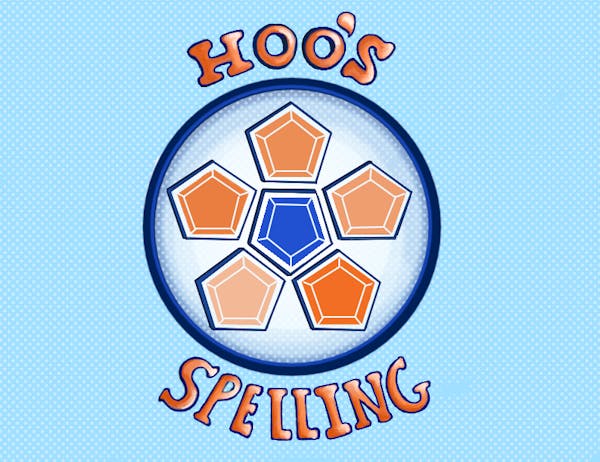The 3,135 new faces that the Class of 2009 welcomes to the University this week were involved in the hardest competition for admission yet.
"I have been here for 26 years, and we've never seen it as tough as it was this year," Dean of Admissions John A. Blackburn said. "The students who were admitted had to have spectacular high school records."
Out of 15,900 applicants -- a 5 percent increase from last year -- 38 percent were offered admission. According to Blackburn, the class of 2009 is the largest class yet, with a total of 3,135 new students moving into first-year dorms this weekend.
The 2005 implementation of AccessUVa, which assists low-income students, allowed for a 48 percent increase in low-income students to a total of 198.
"I like what I have seen about increasing numbers of students coming via AccessUVa and increasing numbers of minority students," University President John T. Casteen, III said. "Both improvements run counter to national trends and speak well of the work done by Admissions in building the class."
Admission of black students rose one percentage point from last year to an overall 10 percent of incoming students. The number of Hispanic students has increased by one percentage point also, to 5 percent of the total incoming class.
"It is going to be a more diverse student body, and in the next four years we can see that change," Blackburn said. "During their years here, I think we will see a growing diversity of students and an increase in quality."
In concurrence with the Virginia2020 plan, the recruitment of math, science and engineering students more than doubled to 58 students. There also has been an increase in focus in recruiting international students and students with artistic talents.
The class of 2009 will be 56 percent female, breaking the 54-percent norm of the last seven or more years. The addition of the Biomedical Engineering major has increased female entrance into the Engineering School, Blackburn said.
This year's class represents all 50 states and 65 different nations -- 5 percent of the incoming class is made up of international students. Students in the top tenth of their graduating class make up 85 percent of the class of 2009. The mid-50th percentile of SAT scores ranged from 1220-1440.
"We have lots of school leaders and National Merit Scholars," Blackburn said. "It's a very talented class."
The total number of transfers into all of the University's six schools and colleges comes to approximately 530 students this year.
Online applications increased from 65 percent to 82 percent in the past year.
For next year's pool of applicants, the admissions process will remain mostly the same, but there will be changes. The third component of the SAT, which focuses on essays, will be factored into next year's decision.
"Students are boasting about 2200s on their SATs," Blackburn said, a concept he said is still a little vague to most.
Some traditions for entering students remain the same as in past years. All students have signed a statement stating that they will live by the University's honor code.
"We have continued focusing on honor and a community of trust," Blackburn said. "Students should know that this continues to be important."
This article was clarified from its original version. Instead of an increase of one percentage point for both admitted black and Hispanic students, it stated a 1 percent increase.






